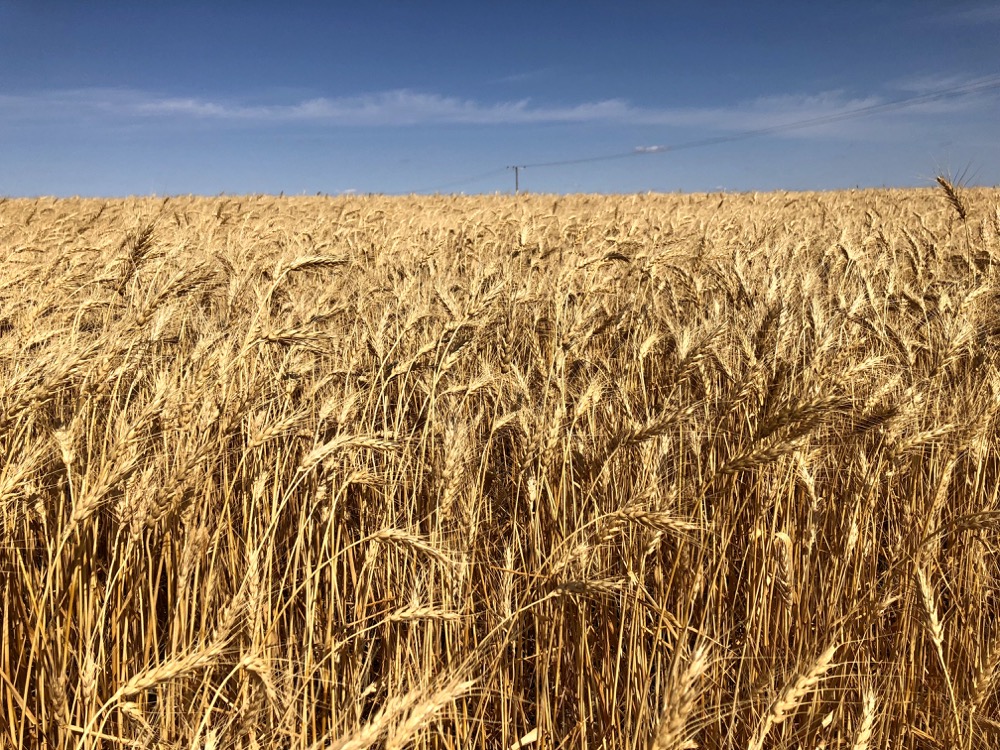Another week, another round of record highs in the ICE Futures canola market, as prices kept exploring uncharted waters.
The last time canola rallied to the same extent was in 2008, but at that time the market topped out more than $100 per tonne below current levels. The 2008 rally was largely driven by speculative money. While fund money is also at play in the current rally, the underlying fundamentals are much more supportive than they were 13 years ago.
Tightening supplies continue to be met by strong demand, with little on the horizon that would change that underlying supportive story.
Read Also

Foggy grain market predictions for 2026
Many factors are pushing and pulling at grain markets as farmers leave 2025 behind and start considering what 2026 will bring.
The futures may be at unprecedented levels, but cash bids are stronger still. Basis levels of $60 per tonne or more above the futures for nearby delivery work out to bids of $20 per bushel for nearby delivery. Basis for summer delivery can be found at $100 per tonne above the July futures.
In 2008 basis levels were below the futures, as would be ‘normal’ given carrying charges, transportation and other factors that typically contribute to the basis. However, with cash bids even higher than the futures, the implication is that the demand is also strong.
The first official acreage estimate of the season from Statistics Canada will have been released on April 27, with general expectations for an increase in canola area and a decrease in wheat on the year. However, agronomic issues and competition from other crops may limit how much canola actually goes in the ground, and the tight supply situation should continue for another year — especially as the Prairies are still on the dry side.
Soybean, corn and wheat futures in the United States also rallied during the week, with soybeans and corn both hitting multi-year highs. Tight supplies, good demand and Midwestern weather concerns all contributed to the rally in the grains and oilseeds.
Cold temperatures were causing seeding delays for the U.S. corn crop, and also hurting emergence for already-planted fields. The cold snap was especially supportive for wheat, with all three U.S. wheat markets rallying over the possibility of frost damage.
Dryness in the northern U.S. and Canadian Prairies has added to the strength in spring wheat markets, with both the Minneapolis futures and Canadian cash bids rising during the week.
Wheat is expected to be the big loser to canola in the Canadian battle for acres, and confirmation of that sentiment from Statistics Canada should spark more strength in the futures.
Profit-taking in all grains and oilseeds is always a possibility, but with no change to the tight supplies or strong demand, any correction will likely be seen as a buying opportunity — at least until there is a better sense on the size and shape of this year’s North American crops.
















